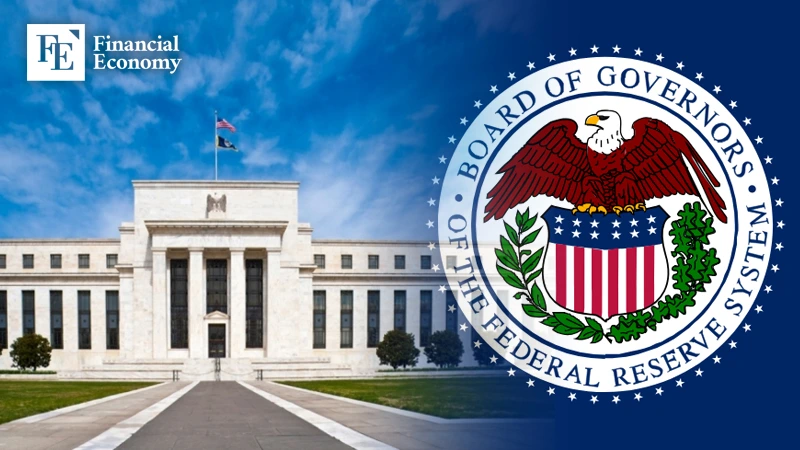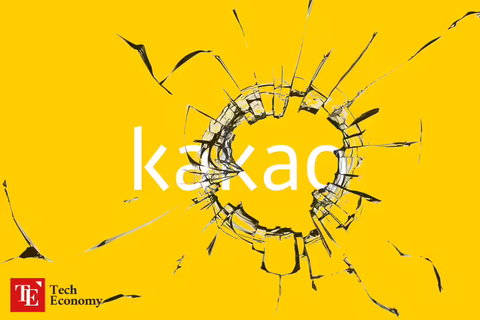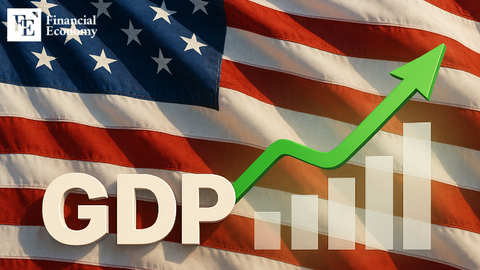Wall Street Pushes Back Against Trump Adviser Miran’s Call for “Sharp Rate Cuts” as Lacking Credibility
Input
Modified
Miran’s Claim of Lower Neutral Rate JPMorgan: “Insufficient Case for Large Cuts” Economic Indicators Provide No Support

Stephen Miran, a Federal Reserve governor widely regarded as President Donald Trump’s “economic consigliere,” has called for aggressive interest rate cuts, arguing that Trump administration policies have lowered the level of the neutral rate — the rate that neither stimulates nor restrains the economy. Yet Wall Street economists are dismissing his reasoning as unconvincing, noting that Miran himself had championed the opposite view just a year earlier, fueling suspicions of political expediency.
Miran’s Push for Deep Rate Cuts
According to Bloomberg on the 30th, Miran argued in a September 22 speech at the Economic Club of New York that Trump-era policies on trade, immigration, taxation, and regulation had structurally reduced the neutral rate. He claimed that the Fed’s current stance is overly restrictive and that policymakers are failing to recognize these shifts. Miran said he would continue to register dissenting votes within the FOMC and stressed in a September 25 interview that unless the Fed responds swiftly, the economy could suffer. He urged an “extremely short series” of 50-basis-point cuts to realign policy with neutral levels.
His stance stands in stark contrast to most of his colleagues. St. Louis Fed President Alberto Musalem argued that elevated inflation leaves limited room for cuts, while San Francisco Fed President Mary Daly supported further easing but said the timing remained uncertain.
Wall Street has also voiced skepticism. Michael Feroli, chief U.S. economist at JPMorgan Chase, wrote that Miran’s case is “partly dubious, partly incomplete, and almost entirely unconvincing.” Carl Weinberg of High Frequency Economics said recent data “offer no justification for immediate and drastic cuts.” Neil Dutta of Renaissance Macro Research acknowledged that the neutral rate may be somewhat below the Fed’s estimate, but not “at zero” as Miran implied: “If the neutral rate were truly zero, the economy and markets would already have collapsed. It is impossible to reconcile a boom with zero rates.”
A 180-Degree Turn in One Year
Skepticism is further compounded by Miran’s reversal in less than a year. In March last year, as a Manhattan Institute fellow, he wrote in Barron’s that the Fed’s policy stance was too loose, arguing that ultra-low rates were no longer justified. He cited disappearing drivers of post-crisis low rates, such as household deleveraging, a shift from light software spending toward capital-intensive AI projects, surging immigration driving up housing costs, and waning global capital inflows. He also lambasted “unprecedented fiscal irresponsibility with deficits approaching $2 trillion.”
Miran had also championed central bank independence. In a March 2024 report titled Reforming Fed Governance for Better Monetary Outcomes, he argued that shielding the Fed from short-term political pressures was vital. He advocated restructuring Fed leadership, enhancing the role of regional presidents, and separating non-monetary crisis functions from the FOMC. The aim, he wrote, was to prevent any president from dominating monetary policy and to preserve independence through “monetary federalism.”
His abrupt about-face has led many on Wall Street to accuse him of bending to political imperatives. Critics contend Miran has shifted ideology to align with Trump’s agenda. Miran has denied such claims, insisting in a September 19 interview that he has never discussed his FOMC votes or projections with Trump, calling suggestions of White House influence “nonsense.” Still, few in markets or within the Fed believe he can defy the president’s preferences, and his policy flip-flop only reinforces doubts.

20% of Economists See Miran as Next Fed Chair
The implications extend beyond near-term policy. Miran’s positioning intersects with the succession race for the Fed chairmanship. While markets and academics broadly favor current Fed governor Christopher Waller, Trump is expected to prioritize loyalty and dovishness. Kevin Hassett, chair of the White House National Economic Council, and Miran himself are seen as strong contenders.
A survey of 44 economists conducted by the Financial Times with the University of Chicago’s Booth School of Business found that 82% preferred Waller as the next chair. Yet only 20% thought he would actually be chosen. Hassett was seen as the frontrunner with 39%, followed by Miran at 20%.
The FT noted that the gap between preference and expectation reflects Trump’s heavy pressure on the Fed. The president has long railed against rate hikes, publicly insulting Jerome Powell as a “fool” and a “moron,” and even attempted to oust him. Trump has consistently floated Miran, former Fed governor Kevin Warsh, Hassett, and Waller as candidates. According to the FT, Trump views “loyalty” and a willingness to pursue aggressive rate cuts as the essential qualifications for the next Fed chair.






















Comment